The Bonn Challenge
The Bonn Challenge has set a global goal to restore 150 million ha of degraded and deforested landscapes by 2020 and 350 million ha by 2030. Launched by the Government of Germany and IUCN in 2011, the challenge surpassed the 150-million-hectare milestone for pledges in 2017. These pledges by countries, organizations and private entities are aimed at achieving ambitious targets to restore degraded and deforested lands. The challenge aligns with the Sustainable Development Goals (SDGs), the Aichi Biodiversity Targets (now Kunming-Montreal Global Biodiversity Framework), the Land Degradation Neutrality (LDN) goal, and the Paris Climate Change Agreement. The Bonn Challenge particularly relies on a forest landscape restoration (FLR) approach, which restores ecological integrity while enhancing human well-being. Under the challenge, regional political and technical cooperation, including by governments, has been fostered, along with spaces to share lessons learned and best practices. Initiatives forged under the challenge include the African Forest Landscape Restoration Initiative (AFR100), Initiative 20×20 in Latin America and the Caribbean, ECCA30 in Europe, Caucasus and Central Asia, and the Agadir Commitment in the Mediterranean region.


